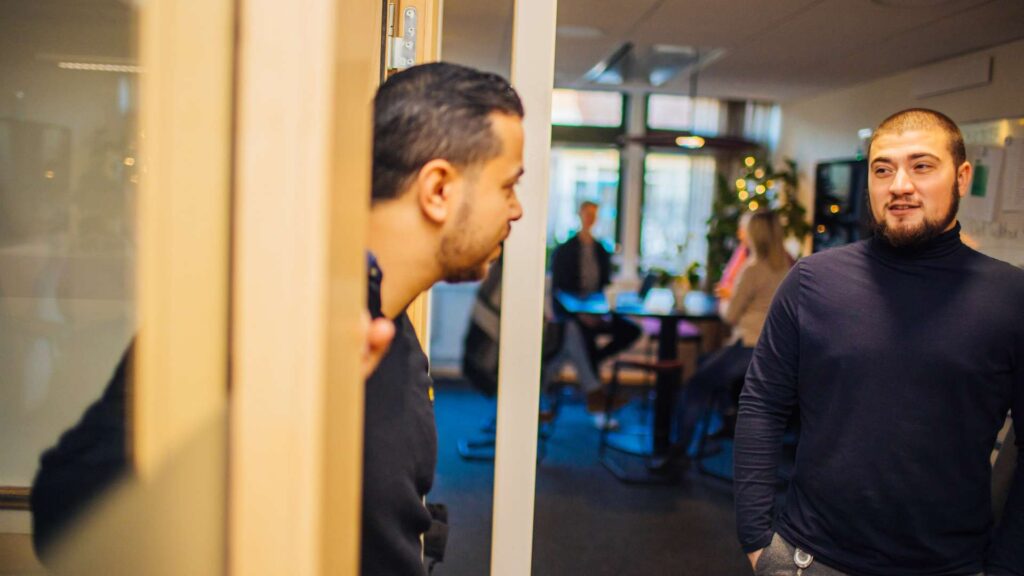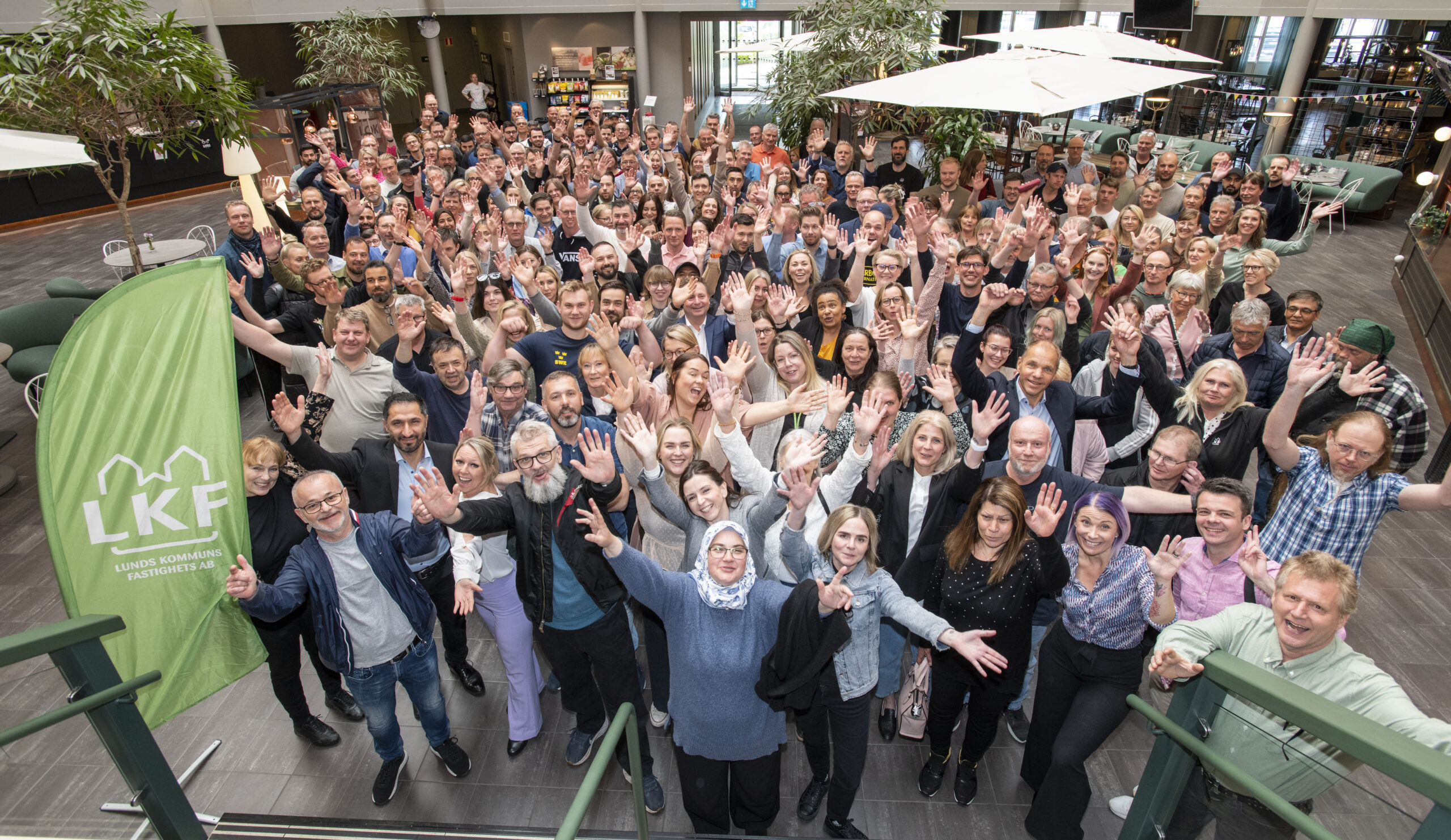Stångåstaden has taken significant steps to foster a culture of self-leadership among its employees. By aligning individual goals with the company’s overarching business strategy and promoting desired behaviours, the organisation has empowered staff to take ownership of their work and make decisions that create the greatest value for the company. This shift has reduced the need for micromanagement and strengthened the company’s performance culture.

The Challenges and Objectives
Stångåstaden operates in a dynamic and demanding environment. To meet strategic goals and maintain high service standards, the company recognised the need to evolve its leadership model from directive management to a culture where employees are trusted to lead themselves.
The initiative was part of a broader effort to develop the corporate culture and ensure that every employee understands how their work contributes to the company’s success
How the Initiative Worked
Aligning Individual Goals with Strategy
Stångåstaden has implemented a structured goal-setting process where individual goals are derived from unit-level business plans, which in turn are based on the company’s overarching strategic plan. This creates a clear line of sight from the company’s vision to each employee’s daily work.
Embedding Desired Behaviours
The company has identified a set of desired behaviours expected from all employees. These behaviours are regularly discussed and reflected upon in team meetings and one-on-one conversations. Managers follow up on these behaviours at least four times per year, ensuring they remain a living part of the culture.
Creating Consistency Through Case-Based Calibration
To ensure consistency in how desired behaviours are interpreted and applied, employees across the organisation engage in case-based discussions. These involve fictional scenarios where staff explore how to act in line with the company’s values. Managers then calibrate responses across teams and provide feedback to employees, reinforcing a shared understanding.
Evaluating Performance on Goals and Behaviours
Employee performance is evaluated not only on goal achievement but also on how well individuals demonstrate the desired behaviours in reaching those goals. This dual focus ensures that both results and approach are valued, and it forms the basis for salary reviews


Results Achieved
- Increased employee autonomy and decision-making confidence
- Stronger alignment between individual actions and company strategy
- Reduced need for micromanagement
- Enhanced organisational cohesion and shared values


Key Lessons Learned
- Clear goal alignment fosters ownership and accountability
- Behavioural expectations must be actively discussed and reinforced
- Case-based learning is an effective tool for cultural calibration
- Rewarding both results and behaviours strengthens the desired culture
Find out more
To find out more on this initiative, please contact Stangastaden’s Coordinator through the Members Only Zone. If you are not yet a member of Eurhonet, find out about joining us.






